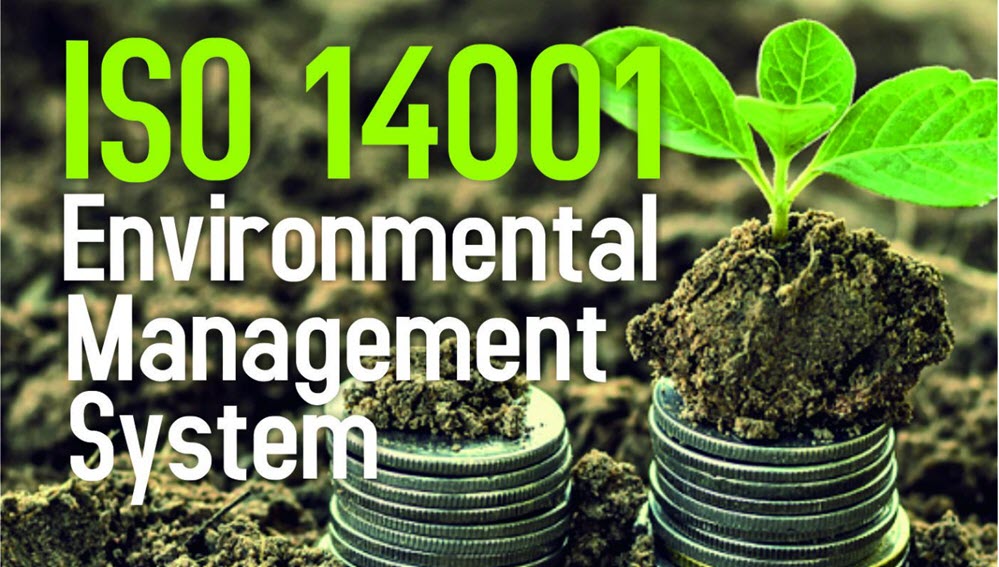Basically PESTLE analysis is an abbreviation in which P stands for Political, E for Economic, S for Social, T for Technological, L for Legal and E for Environmental. It helps us in providing a bird’s eye view of the entire environment from a lot of different perspectives that an organisation needs to observe and have a track of while planning a particular idea or strategy. While considering important internal and external factors in order to make sure that our QMS is well associated with our strategy, an organisation must gather and evaluate relevant information. It will help in defining possible impacts on the context and strategy for our organisation.
It is of paramount value that a company have a clear understanding of the needs and expectations of the interested parties that are related to the ISO 9001 management system. Within these parties we can include owners, shareholders, employees, customers and so on. For this purpose an organisation must observe and analyse important information. If we take the example of company employees as the interested parties then their needs and expectations can include a wide range from professional development to financial benefits. In order to assess that we can use different tools such as organisational surveys, sick leave data and training programs.
Pestle Analysis Categories
Below each of the 6 PESTLE analysis categories are outlined in further details.
Political
Starting from the first element which is “Political”, include those factors that define the level to which a government can affect the economic condition of a country or a particular industry. For example, if a government imposes a new tax or duty which changes the revenue generating structures of organisations. The political factors consist of fiscal policy, tax policies, trade tariffs etc. that a government may possibly charge around the fiscal year and it can influence the business environment and economic condition to a huge degree.
Economic
The second element is “Economic” which takes account of such factors that are essentials of an economy’s performance. These factors have a direct influence on a business entity and have deep effects in the long term. For instance, if there is an increase in the inflation rate of any economy it will definitely affect the pricing strategy of company’s products and services. In addition to that, its impact would be evident in the purchasing power of a consumer and consequently the demand/supply models for that economy will be changed. Economic factors contain interest rates, inflation rate, economic growth patterns, foreign exchange rates, etc.
Social
The “Social” component includes all those events that influence the market and general public in social perspective. As a consequence, it is important that the plus points and negative points for the people of the particular locality must be considered in which the project is being introduced. The events in social context embrace population dynamics, cultural beliefs, norms, health preferences, career approach, etc. These factors analyse the social atmosphere of the market, and measure contributing factor such as demographics, cultural tendencies, population diagnostics etc.
Technological
In the “Technological” aspect we consider those factors that are linked to innovations and development in the field of technology. These innovations can influence the business operations and market penetration in both terms positively or negatively. This means research and development, automation, and the extent of technological understanding possessed by a market. All those factors and events that have an impact on technology are considered in it. When it comes to technology it often observed that it becomes outdated in a short period due to technological advancements at a very fast pace.
Legal
In the “Legal” perspective, it includes those factors that are related to legal aspects such as taxation, quotas, employment, resources, imports and exports, and the like. For legal factors there are both external and internal sides. Different laws can affect the business environment particularly in a country whereas there are some specific policies that are maintained by organisations for themselves. In a Legal analysis both of these perspectives are considered and then strategies are devised in light of these laws. In this perspective there are different examples such as safety standards, consumer laws, and labour laws.
Environmental
Last but not the least, in the “Environmental” perspective we focus on all those factors that affect or are established by the surrounding environment. There are different examples for environmental factors such as weather, climate, geographical setting, ground conditions, contamination of ground, and water sources in close proximity.
In order to get best value from the use of PESTLE analysis in defining interested parties under ISO 9001, an organisation must use it on a regular basis as it allows us to discover any trends that may turn into external risks beyond our control or may be overlooked. The basic objective for using the PESTLE analysis is to make certain that we don’t ignore or overlook anything important.
If you are considering to implement an ISO 9001 quality management system and isn’t sure how to approach it, then contact us for a free consultation on how we can add value to your organisation.


















